The Miami sun collided with the asphalt in the Walmart parking lot. Interpersonal conflict came to a boil, and litter was tossed by the breeze, as desperate people gathered to make an unlikely home. Their close proximity ran dangerously counter to the pandemic threat hanging in the humid Florida air.
When Aldo Giaquinto and Vera Kozlovskaia began their four-year drive across five continents, visiting 51 countries and amassing 124,000 miles on the odometer of their 2004 Toyota Land Cruiser KDJ120, they couldn’t imagine having to live in a parking lot for three torturous weeks.
Today, the couple and their Prado are back in Aldo’s home country of Italy (Vera hails from Moldova), but they have not been defeated by COVID-19. Though they continue to be impacted by travel restrictions, they are actively planning the final leg of their global trek: Africa.

When did overlanding become part of your lives, and why did you decide to undertake this trip around the world?
It all started with a simple [conversation we had] on one of our first dates, back in 2014. [Vera said,] ‘I love traveling and would like to explore Asia one day, backpacking for six months, not as a tourist but as a traveler, going off the beaten path, learning new cultures and traditions, trying regional cuisine, and meeting with genuine locals. Would you like to do it with me?’ My answer was straightforward: ‘Of course, no problem.’ Vera thought I was joking.
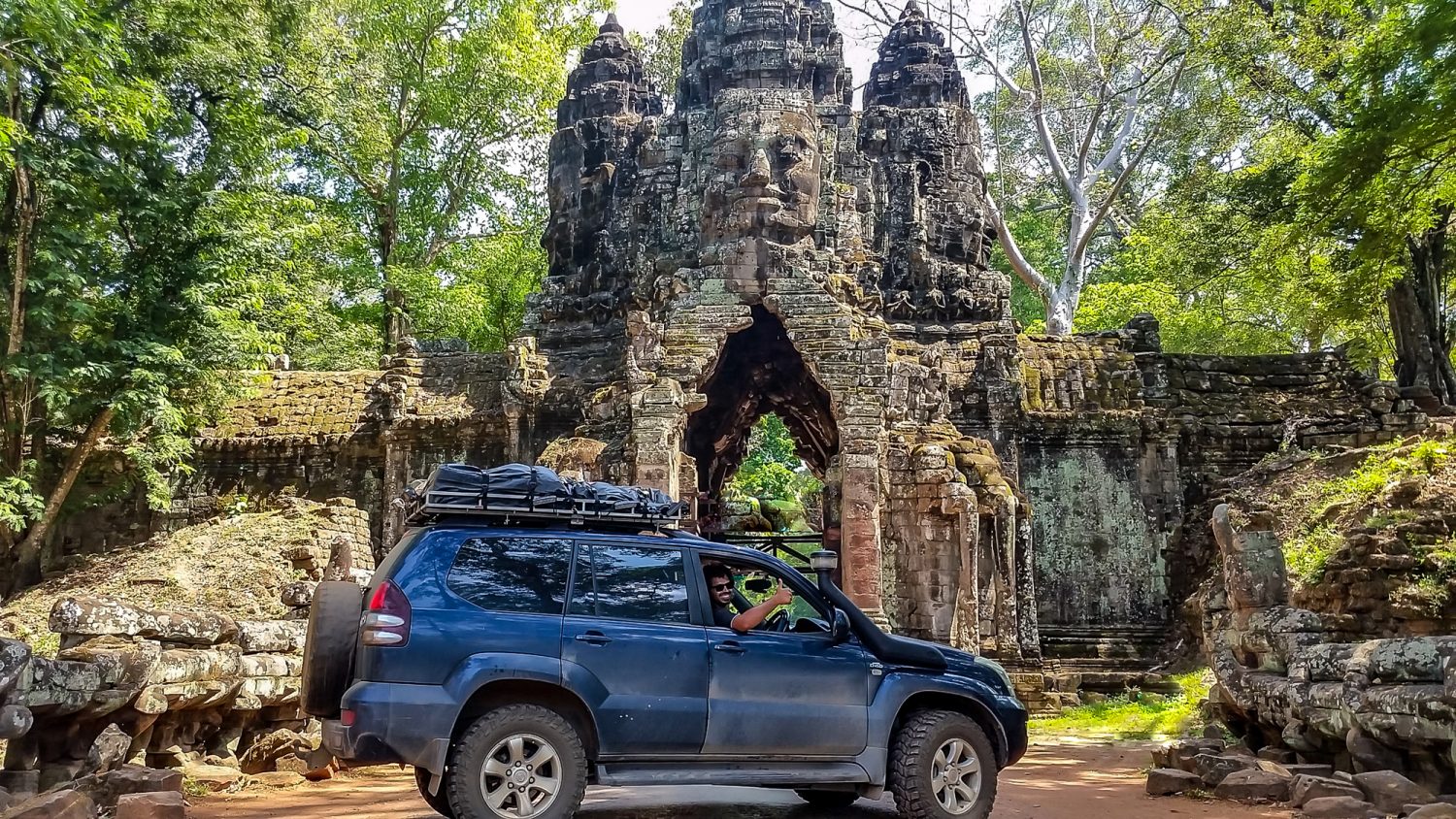
We decided to undertake this trip around the world because we firmly believe you can make money, but time is irreversible. Unfortunately, in our wealth-driven society, the graveyards are full of dreamers. The world is changing fast. With global warming, animal extinction, and ecosystems being destroyed, you may not get to see in the future what you can see now. You don’t know what’s going to happen tomorrow—look at this pandemic as an example.
Choosing a vehicle for international travel is a big decision, but you chose to keep it simple. Is there anything you originally packed that you didn’t need? Was anything missing?
Choosing our vehicle was not a simple task, but the result of careful planning and lots of research. We found out Toyota Land Cruisers are famous for their legendary reliability. We preferred a small 3.0-liter diesel engine for better fuel consumption, but still with enough torque when needed. We knew we wanted to ship the car across oceans, and the safest way to do this is inside a container. So we made sure our vehicle would fit inside a standard 20-foot unit. We opted for adventures and experiences over comfort. We might be restricted in space, but we have everything necessary to live and travel.
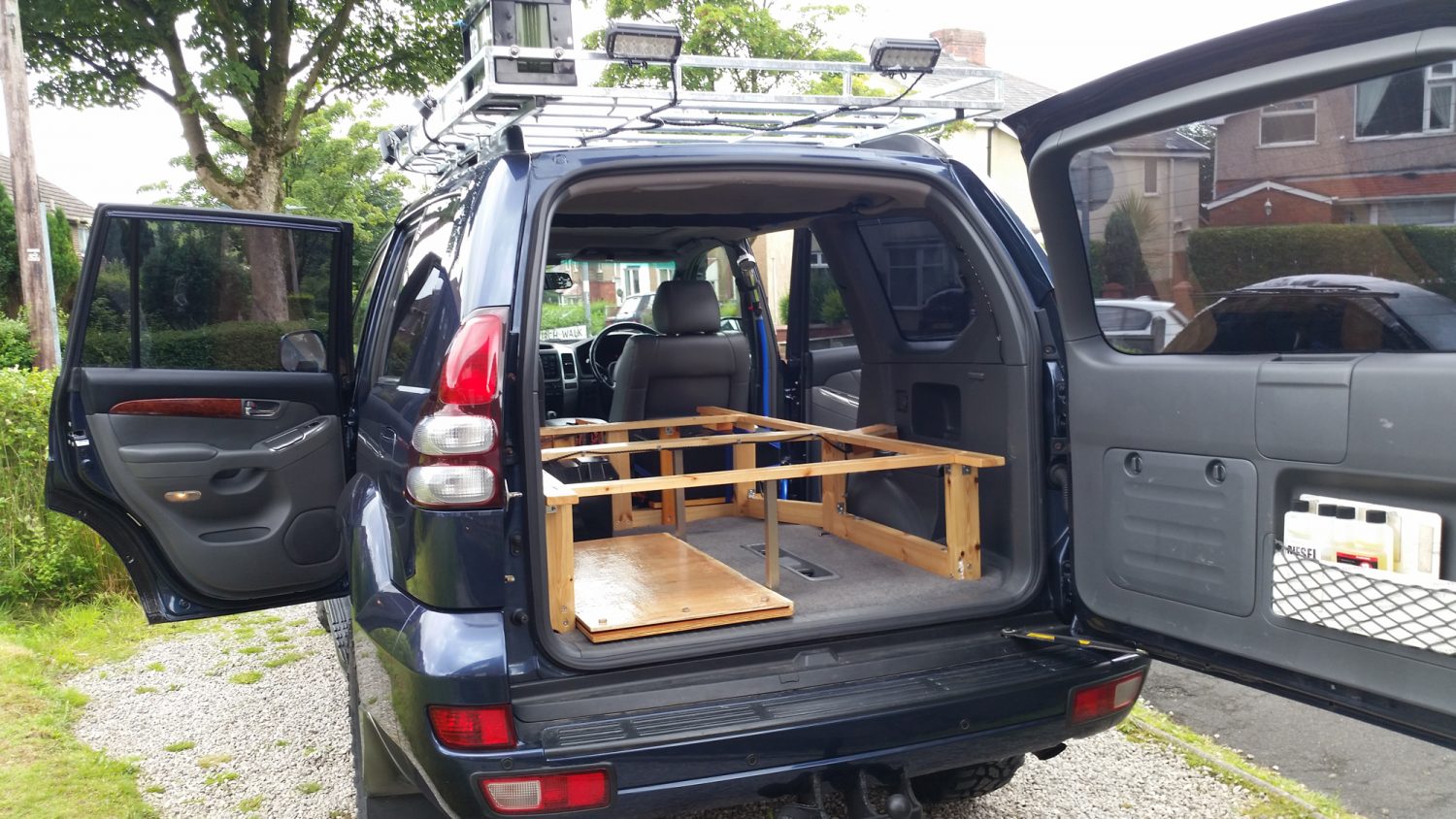
We definitely brought too many clothes and ended up sending them back or giving them to charity. Something we regret not having from the beginning is a fridge/freezer. We didn’t feel the need to have one up until we reached Australia. Prior to this, we were traveling through cold temperatures or relatively populated areas, so it was easy to find and keep provisions. However, with great distances and scorching temperatures, it was another story. The straw that broke the camel’s back was returning from a long trek to Uluru/Ayers Rock. We were craving cold, refreshing water, but all we could find was hot broth inside our bottles. Shortly after, we bought an icebox and a Dometic fridge.
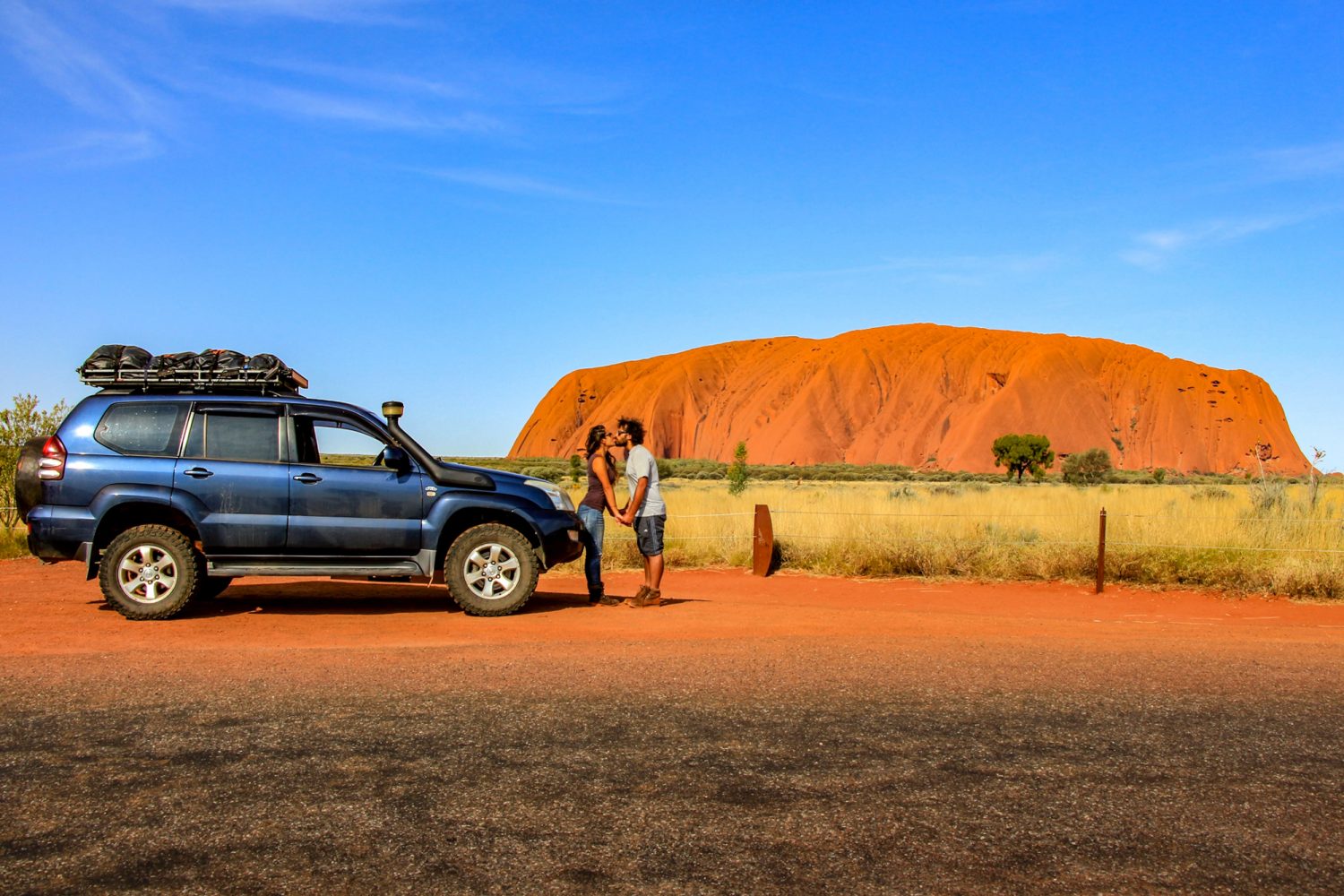
What would you say to someone struggling with the balance between spending money equipping their overlanding vehicle and saving that money for actual travel?
Keep it simple! We suggest saving money for travel and adventures (plus emergencies and unexpected repairs) rather than investing in expensive gadgets you may never use. Take into consideration the possibility that an aftermarket radiator only built in the USA may break while touring Central or South America. Keeping the engine as original as possible will make it easier to get spare parts abroad.

We kept our Toyota engine standard, and we could find an air filter even in the most remote areas of Laos in Southeast Asia. We fitted Ironman 4×4 suspension and Cooper Tires. Investing in top brands for these kinds of components has proven right. The first set of Cooper Discoverer STT Pro tires lasted us 81,000 miles, and we are now past 100,000 miles, and our foam cell shocks are still going strong.
Do you really need a winch? Or is it better to get four recovery boards and maybe an extra tire, saving in added weight and money? These are the sort of questions you must ask yourself when equipping a vehicle.
Ultimately, one must analyze the kind of environment, time of year, and countries one wants to visit. It’s a good idea to invest in a good fridge rather than a Webasto engine heater if you’re going to Mexico in the summer, and vice versa if you plan to visit Canada and Alaska in winter.

You’ve written that your Toyota Land Cruiser Prado has become part of your family. Would you recommend the Prado to others as a globally capable overlanding platform?
Toto is the nickname we gave to our unstoppable 16-year-old Toyota. After all we have been through over the past four years, he has proven to be a reliable vehicle while giving us the little comforts that a mobile home can provide.
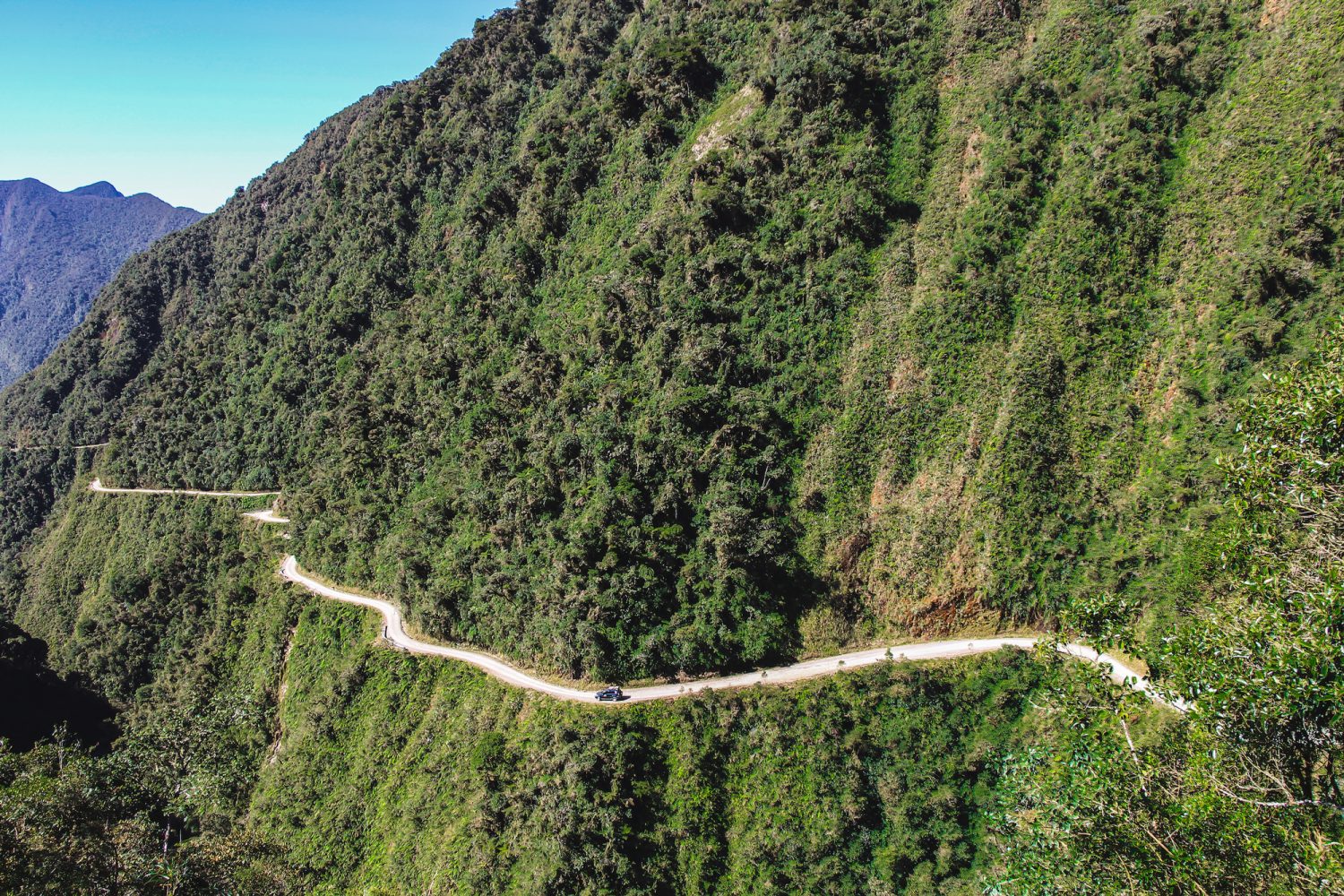
For a couple wanting to travel on a budget and willing to sacrifice a bit of comfort, the Toyota Land Cruiser Prado is a top candidate. We are very happy with the choice we made, and it is indeed a globally-capable overlanding platform. Our next choice, if we could afford it, would be a Toyota J78 troop carrier with a pop-up roof to get that extra comfort of being able to sit at the rear, cook inside, and have more privacy.
Vehicle maintenance is paramount. We stick with original parts, and Aldo has skilled mechanical knowledge. Despite 16 years of age, 200,000 miles, and the demanding terrain and conditions we have traveled, 95 percent of our car is still as it came out of the factory. Things like the alternator, water pump, injectors, radiators, and starter motor are still the ones from 2004. We’ve never had any major breakdown.
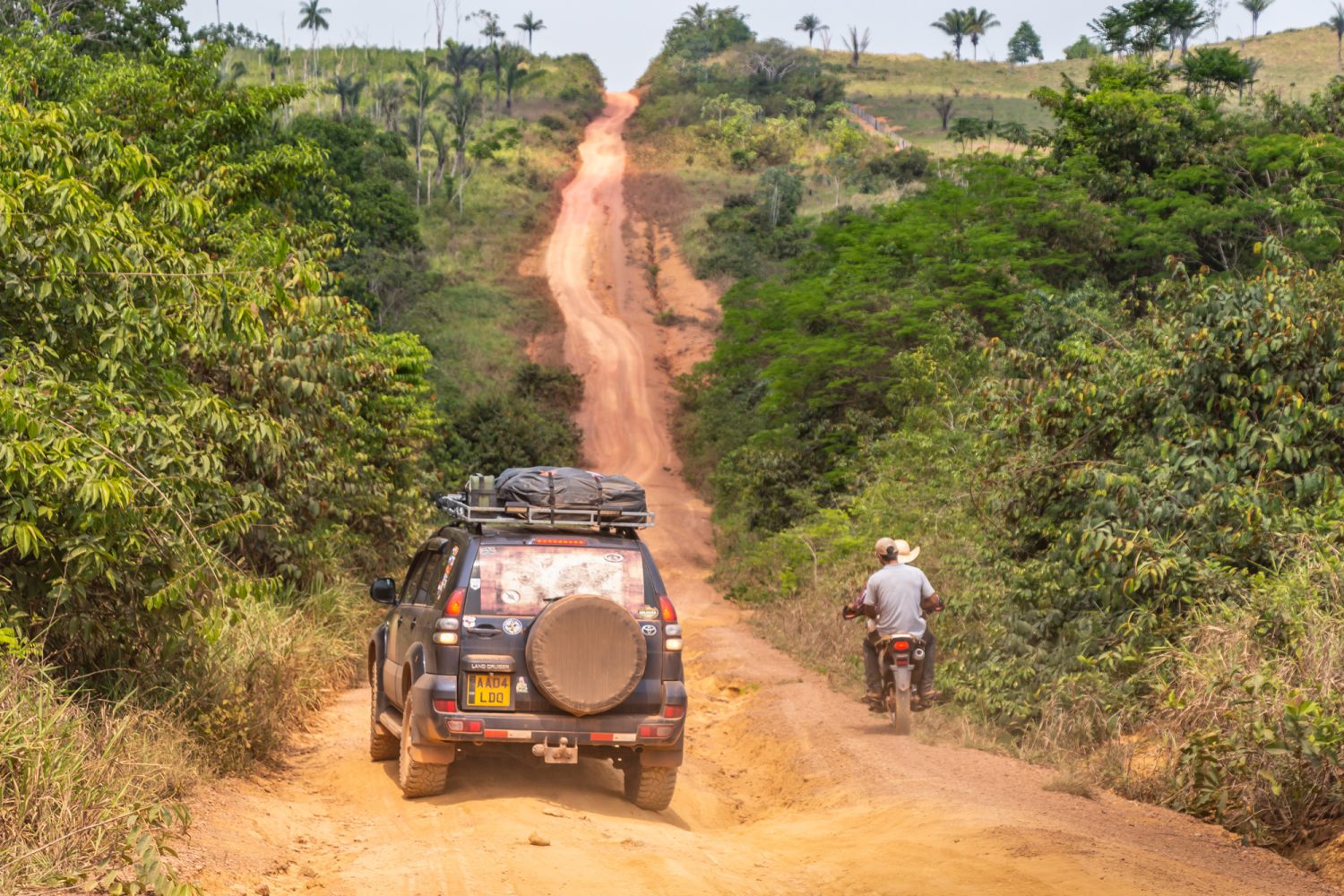
Though you haven’t made it to Africa yet, you have essentially circumnavigated the globe by vehicle. How much of your route was planned before you left the UK in 2016, and how much did you decide along the way?
Initially planning to travel for two years, we got bitten by the overland travel bug. We understood the world is much bigger than we thought. Assuming the main costs of traveling would be the same, we analyzed our budget and decided to considerably slow down and enjoy more of our expedition.
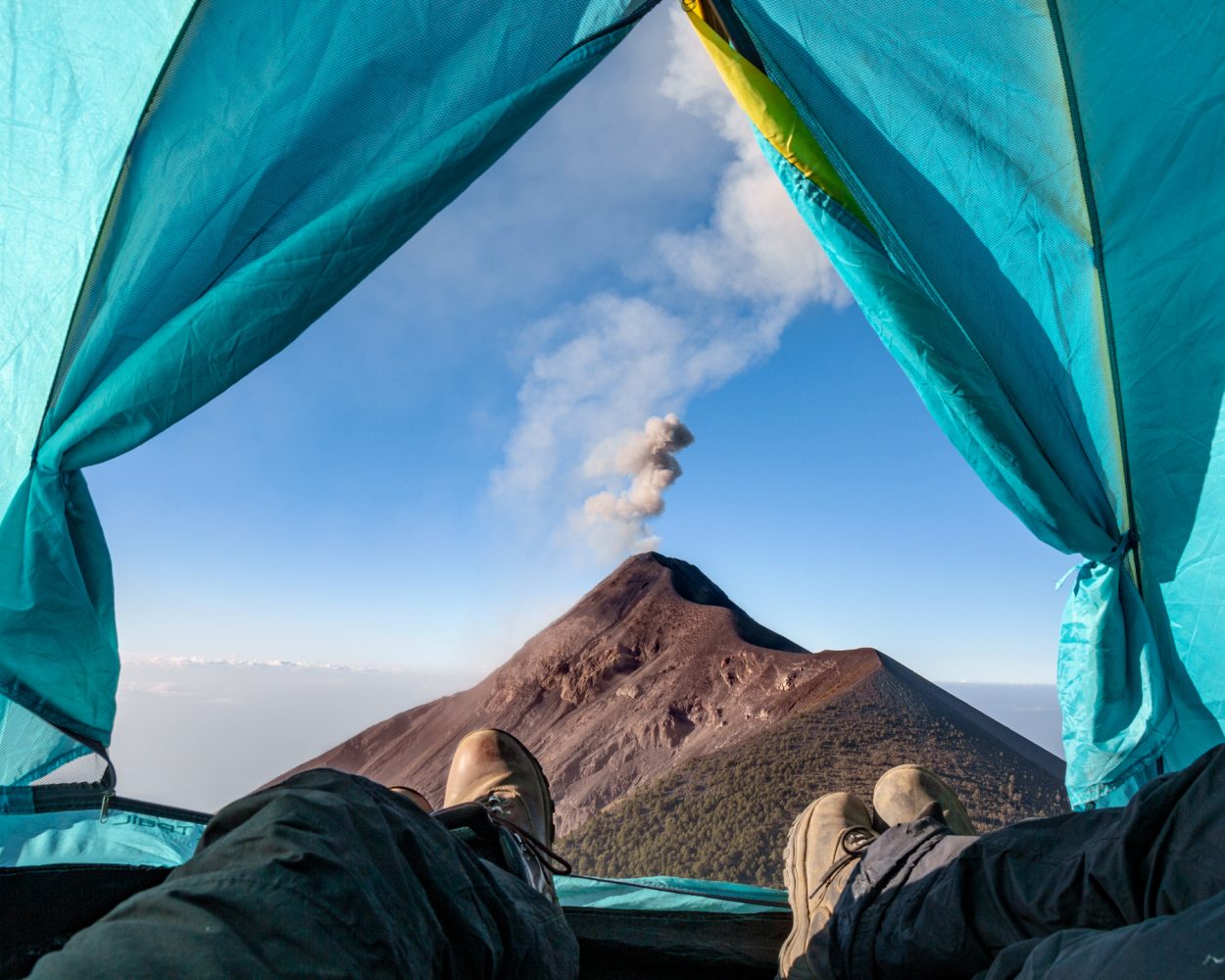
It is impossible to plan a circumnavigation of the globe entirely in advance as there are so many variables. The tighter your schedule, the more things can go wrong. The most precious asset when overlanding or traveling is time, not money. You truly can say you visited a country by learning about its culture, traditions, and history, trying culinary delicacies, and interacting with the locals—and for that, you need time.
We don’t mind waiting a few extra days just to enjoy a special point of interest on a beautiful, sunny day. We do keep a broad itinerary but focus more on how much time we would like to spend somewhere. We consider delays and, most importantly, we plan according to the best time of the year to be there. You don’t want to be in the Amazon during the rainy season or in Russia in January.
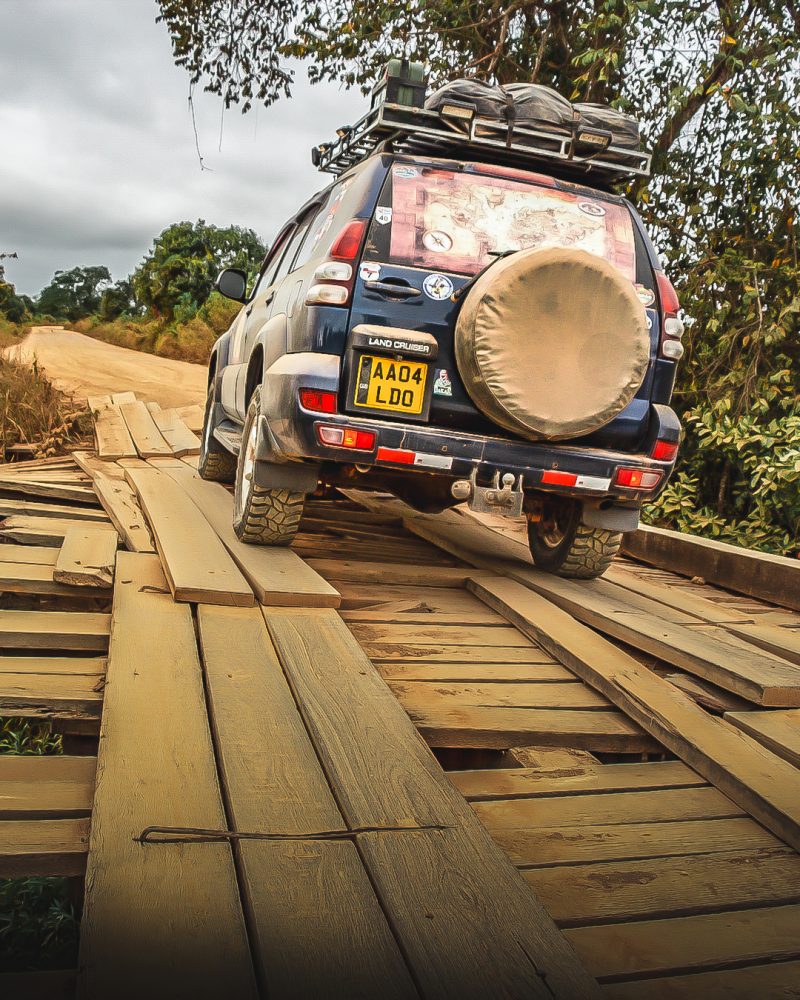
What we can recommend to someone with limited time is to focus more on the overlander’s philosophy: it’s not about the destination or how many boxes you tick, but about the journey. So many people look at the photos they took and regret not having enjoyed that place because they had to get elsewhere.
Which border crossing was the most challenging for you? What border advice would you offer, based on your personal experience visiting 51 countries?
We could write a book about our stories at the borders, starting with an immigration officer in Belize singing and dancing “Despacito” while on duty, to a 45-minute private interrogation at a Canada–USA border, where I was asked to write down the previous telephone numbers I held in all the countries we’d visited.

So far, the most challenging (and costly) border crossing was entering Australia. In Jakarta, we spent over two weeks of 18-hour days disassembling the vehicle, then meticulously cleaning it of dirt and dust. Vera spent her birthday with a crochet needle removing dead, dry insects from the flaps of our radiator. Before sealing the container, I sprayed so much repellent inside I could hardly breathe. I closed the doors for five minutes, then reopened again, hoping all the flies would exit. If a dead bug is found on the exterior of your vehicle inside a container, it will need to undergo up to 24 hours of fumigations, paid by the shipper at the cost of over 100 AUD per hour.
Despite all our efforts, so good that many people at the port were asking if the car was a new vehicle, the officer denied entry on our first attempt. We were lucky and got away with two hours of extra cleaning. Still, it was the most expensive car wash ever at 150 AUD per hour because it had to be done by a licensed and approved facility. However, this was much better than some of our friends who paid in excess of 10,000 euros to enter Australia. If we ever go back with our own vehicle, we will either ship it from outside our home driveway or buy the vehicle there, make the trip, and then resell it.
The best advice we can give is to do your homework. The general rule is to avoid having dairy, fresh meat, fresh fruits, and vegetables. If you can, give customs a phone call in advance, and write down the name of the person you speak to. Always keep calm; be polite and friendly; don’t be sarcastic or make jokes about carrying drugs or weapons—they will take it seriously. Also, try to be presentable. A shave or a trim is the best introduction of yourself you can give to a border officer.
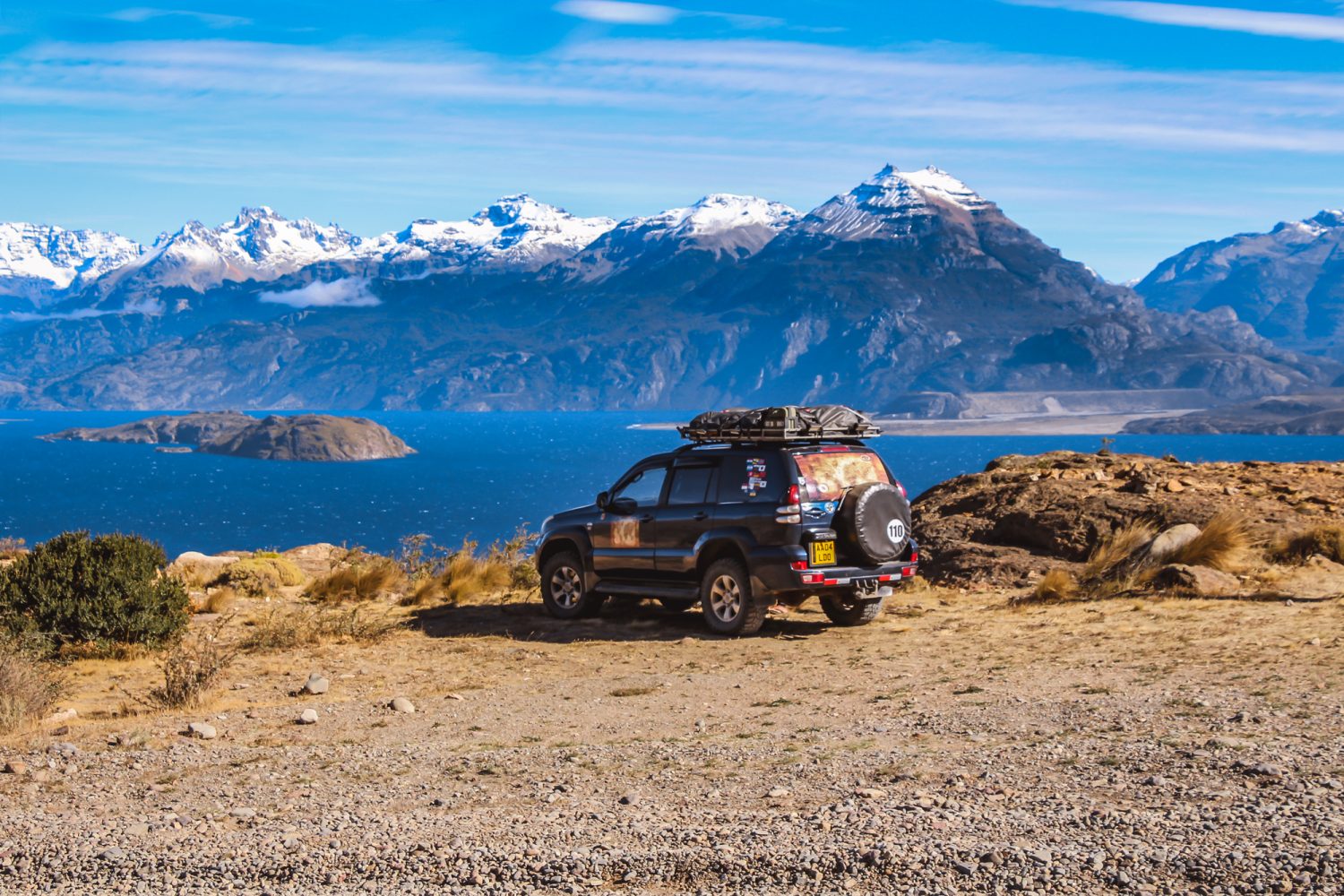
What was your daily budget? Did your travels end up costing more or less than you expected?
Initially, we planned to spend up to $1,500 USD per month. As we left Europe, that amount considerably dropped. In 2018, further slowing down our pace meant lowering our daily budget even more.
To give you an example, last summer, we stayed in Alaska for a little over one month with an all-inclusive total cost of around $375 USD for both of us. That is $6 per person per day. We fished for salmon, made our own caviar, walked on glaciers, were hosted by locals, sighted countless wildlife, including grizzly bears eating salmon, and admired the stunning northern lights.

Our travels are costing much less than we expected; hence we are still on the road. We rely mostly on a small monthly income from Aldo’s takeaway restaurant in England, now under new management.
When you travel or go on holiday, the main costs are food, transportation, and accommodation. We count on our Toto for the last two, and by cooking ourselves, we save a lot of money. So with the saved funds, we take extra activities and treat ourselves to special dinners at local restaurants.
You were among many overlanders to get stuck outside your home country during the COVID-19 crisis. In your case, you were living in a Walmart parking lot in Miami, waiting for a US visa extension. How long did you end up staying in that parking lot, and what was it like?
It was not easy. The global pandemic instantly imposed major restrictions, and this period caught us in Miami, Florida, just a week before shipping our car to South Africa.
With all the public facilities we relied on now closed, we found shelter in a Walmart parking lot. Just taking a simple shower became a real challenge. With all the gyms, beaches, campgrounds, and hotels closed, Aldo called half a dozen homeless shelters just asking for a quick shower. But the answer was the same, “Sorry, we are closed to the public.” Luckily, we met a man originally from Paraguay who was passionate about 4WDs. He offered to let us use the showers at a holiday home complex where he was living.
All was worsened by our visas and car permit expiring. We couldn’t stay longer or leave. We ended up parking for around three weeks at a Walmart, but the last few days were not easy. With homeless shelters closed, the parking lot was quickly filling up with homeless individuals. The management was not happy about it, and the police were called to patrol at night.
In harsh times we look after each other the most. We got a break when we managed to receive support from the media. Our story was broadcasted on TV news and in articles all around the world. We received help from an immigration lawyer and many people willing to lend us a hand to get through this difficult moment. To them, we will be forever grateful.

We relocated to a campsite/holiday park first; then we met an Italian/Colombian couple that offered to let us stay at their place. Throughout our journey, we realized there are many more good people than bad ones. When you least expect it, someone pops up from nowhere to help you out.
In mid-June, a small opportunity window opened up as Europe eased travel restrictions within its borders. With great effort, we scheduled a 30-day transatlantic container for Toto, crossing to Italy. It took us six connecting flights spread over four days of traveling to repatriate home.
What does it feel like to be back in a familiar country? Has the adjustment been difficult?
In a way, we are very happy to see our families and friends and spend some quality time together, even though the situation we came back to is not very pleasant or enjoyable. It feels weird to be back, especially when we were forced by unforeseen circumstances to do so. We are still trying to adjust.
Although since the beginning, we had our own vision of the COVID-19 pandemic, we do comply with the guidelines and rules of social distancing and new requirements. traveling is difficult, but still possible.
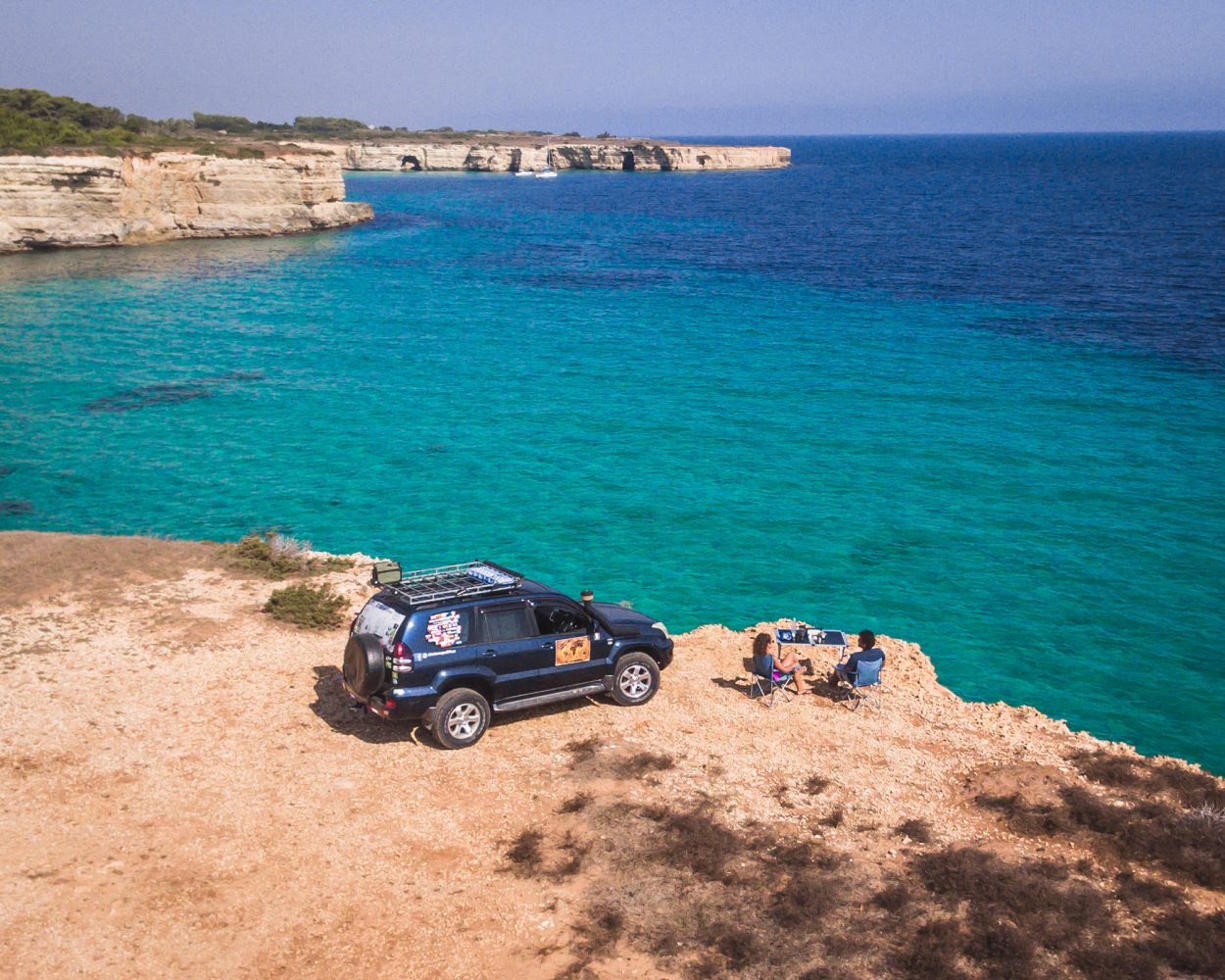
The people of the world have so much to learn from each other. Have you thought about what your home cultures have to teach the people of the United States?
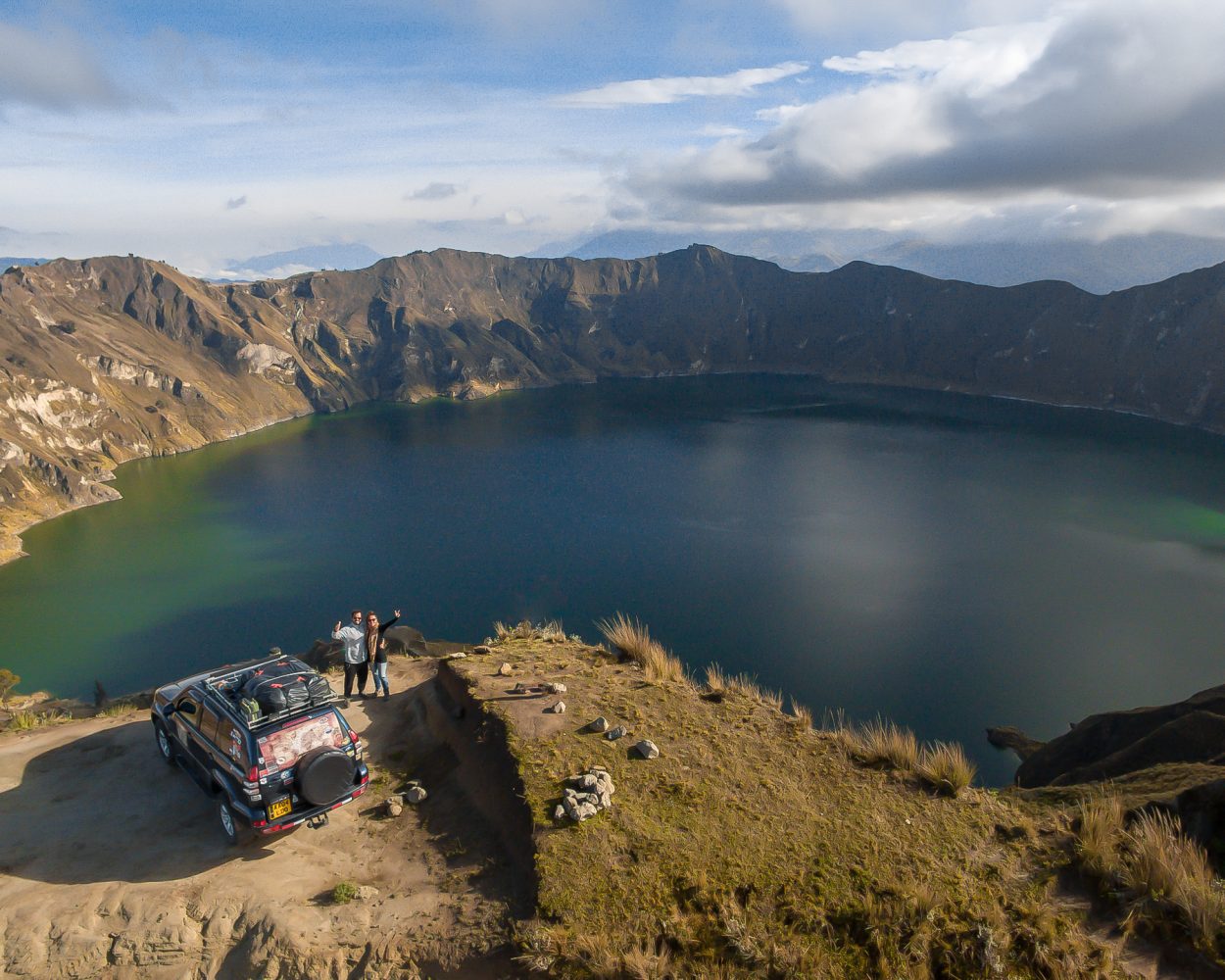
In the US, as in many wealthy countries, we noticed a high level of consumerism and materialism. There’s a false belief that material possessions improve individuals’ personal and social well-being. [The US is also one of the world’s] worst polluters, including food waste. Figures show three times the global average per capita. We noticed it was difficult to recycle waste while on the road, and the country still uses so much single-use plastic.
In modern society, everything is concentrated around money. Individuals tend to put their financial and personal interests [first], becoming indifferent to the world’s real problems such as climate change, poverty, pollution, and animal extinction. More than learning from each other, people need to be kind, show compassion, and give love. These are the powers that can save us and our world.
You returned to Aldo’s home country of Italy a few months ago, with the goal of continuing your journey into Africa once the borders reopen. How are those plans progressing?
We are touring the south of Italy, trying to help small businesses and the economy now in crisis. As soon as the situation clears up with COVID and African countries start to reopen, we are hoping to continue on our journey, this time driving from Europe to South Africa.
We are convinced where one door closes, another opens. We don’t want to give up on our dreams, and we plan to work in the near future in environmental care, conservation, and alternative solutions. It is essential for us to visit the African continent to have a general picture about the situation down there, and likewise of the whole world. We are also in the process of opening our own charity organization for humanitarian actions. While we tour Africa, we intend to raise awareness about environmental concerns, visit animal sanctuaries, bring food, medicine, and books to the villages, and be of help wherever we can.
We recently started a YouTube channel and have decided all the revenue generated by our videos and supporters will go directly and in its entirety to our foundation.
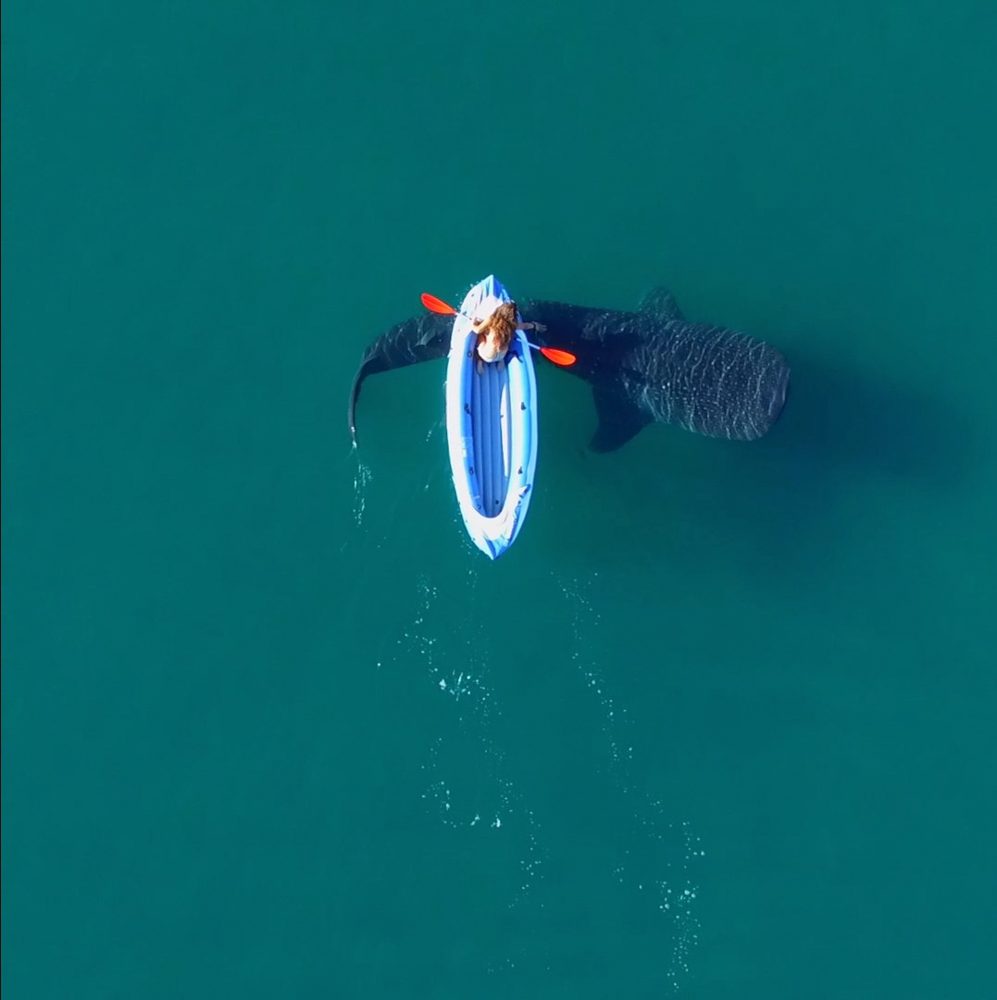
Is there anything else you’d like to share?
If you have a dream and want to travel overland, make it happen. Set a day and go; don’t be afraid. The road is there, and it’s waiting for you.
Find Alveto Expedition Online


